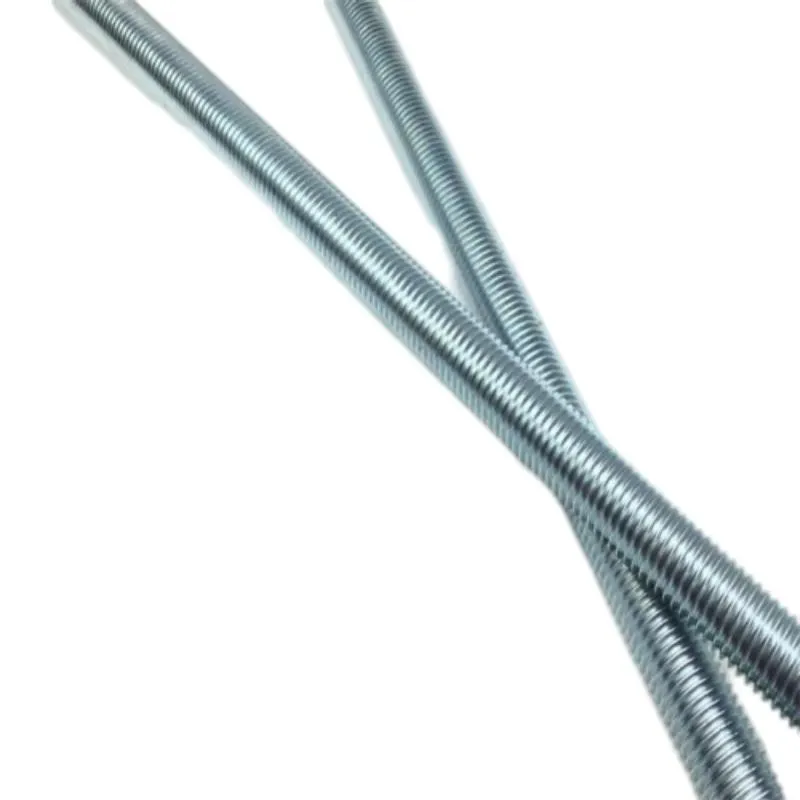des. . 26, 2024 03:44 Back to list
Metal Sleeve Anchors for Enhanced Stability and Strength in Construction Applications
The Metal Sleeve Anchor A Robust Solution for Heavy Loads
When it comes to construction and engineering applications, the importance of reliable anchoring systems cannot be overstated. Among various types of anchors available, the metal sleeve anchor has emerged as a favored choice for securing fixtures and structural elements to concrete and masonry. This article will explore the features, benefits, applications, and installation procedures of metal sleeve anchors, highlighting why they are a preferred solution for heavy loading conditions.
What is a Metal Sleeve Anchor?
A metal sleeve anchor is a type of mechanical anchor that consists of a threaded bolt, a metal sleeve, and a nut. The sleeve is generally made of high-strength steel, while the bolt can be coated for corrosion resistance. This anchor is designed to be embedded in a pre-drilled hole in concrete or masonry, providing a secure attachment point for various fixtures such as shelving, machinery, or railing systems. When installed, the sleeve expands against the sides of the hole, creating a strong bond that can withstand significant loads.
Features and Benefits
1. High Load Capacity One of the standout features of metal sleeve anchors is their ability to carry heavy loads. The expansion mechanism ensures a secure fit, distributing weight evenly and minimizing the risk of pull-out failures.
2. Versatility Metal sleeve anchors can be used in a variety of materials, including concrete, brick, and block. This versatility makes them suitable for a wide range of applications in both residential and commercial settings.
3. Corrosion Resistance Many metal sleeve anchors come with coatings, such as zinc plating, that protect them from rust and corrosion. This is especially important in environments exposed to moisture or chemicals.
4. Easy Installation The installation process for metal sleeve anchors is straightforward, requiring only standard tools. The simplicity of installation allows for quick project completion, saving time and labor costs.
5. Reusability In certain cases, metal sleeve anchors can be removed and reused without significant loss of holding strength. This characteristic makes them a cost-effective and sustainable option for many applications.
Applications
metal sleeve anchor

Metal sleeve anchors are used across a variety of sectors due to their robust performance. Common applications include
- Building and Construction Used for attaching fixtures such as lighting, shelves, and partition walls to concrete and masonry surfaces. - Manufacturing Essential for securing equipment and machinery to the ground, increasing safety and stability in industrial settings. - Infrastructure Employed in public works projects for anchoring safety barriers, railings, and signage in place. - Residential Widely used in home improvement projects, from mounting TVs to installing outdoor furniture.
Installation Procedure
Proper installation is crucial to the performance of metal sleeve anchors. The following steps outline the installation process
1. Preparation Ensure the area where the anchor will be installed is clean and free from debris. Use the appropriate drill bit size for the diameter of the anchor.
2. Drilling Drill a hole in the base material to the correct depth, based on the length of the sleeve anchor being used.
3. Inserting the Anchor Insert the sleeve anchor into the hole, ensuring that the expansion sleeve is entirely in the base material.
4. Tightening Hand-tighten the nut, followed by using a wrench to secure it further. As the nut is tightened, the sleeve expands and creates a tight fit against the sides of the hole.
5. Final Check Once installed, check for stability and ensure the fixture is securely anchored.
Conclusion
In conclusion, metal sleeve anchors offer a reliable and efficient solution for anchoring in concrete and masonry applications. With their high load-bearing capacity, versatility, and ease of installation, they have become an essential component in various building projects. Whether in residential, commercial, or industrial settings, metal sleeve anchors are a testament to the advancing technologies in construction and engineering, ensuring safety and stability in a wide array of applications.


